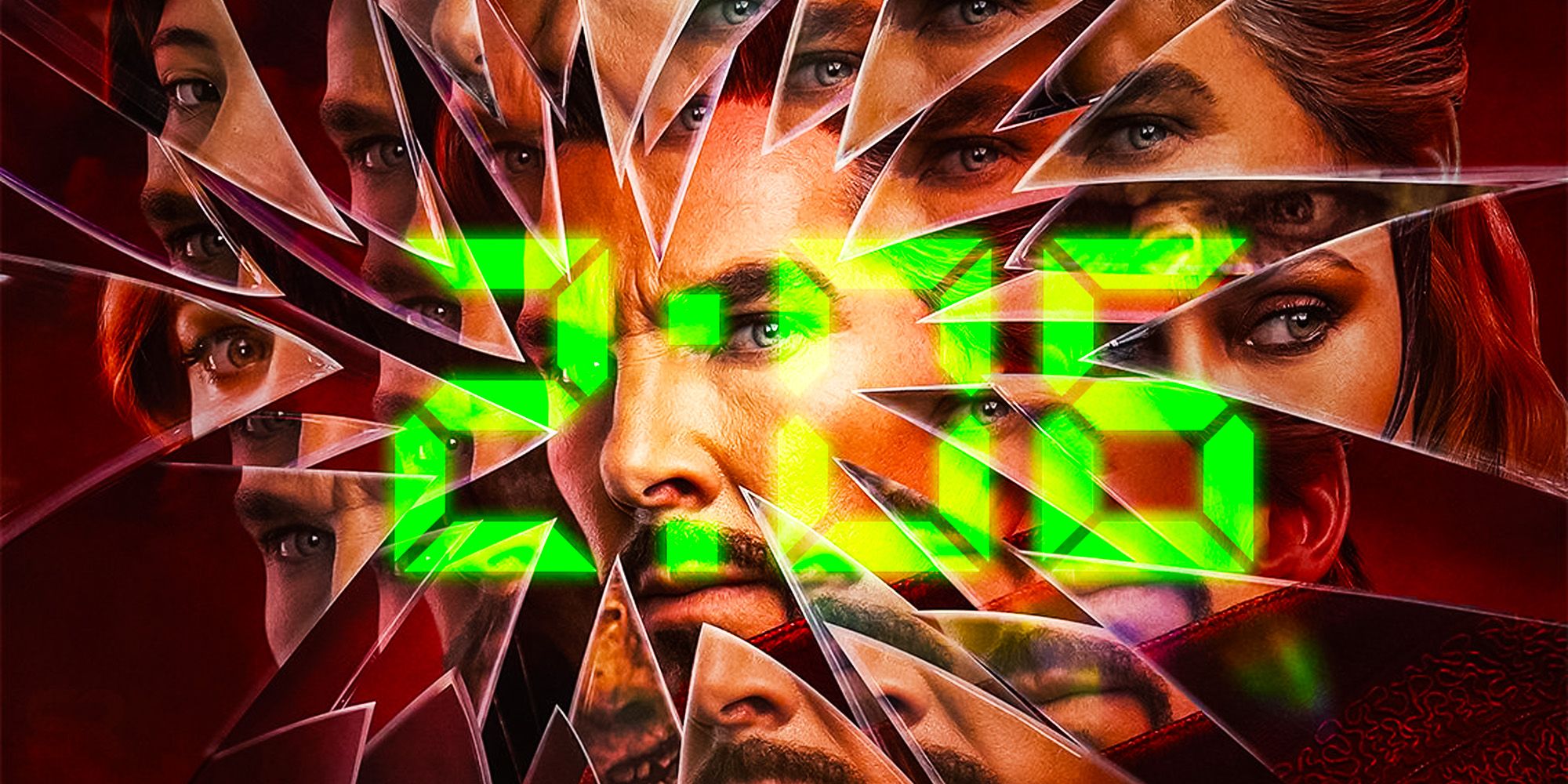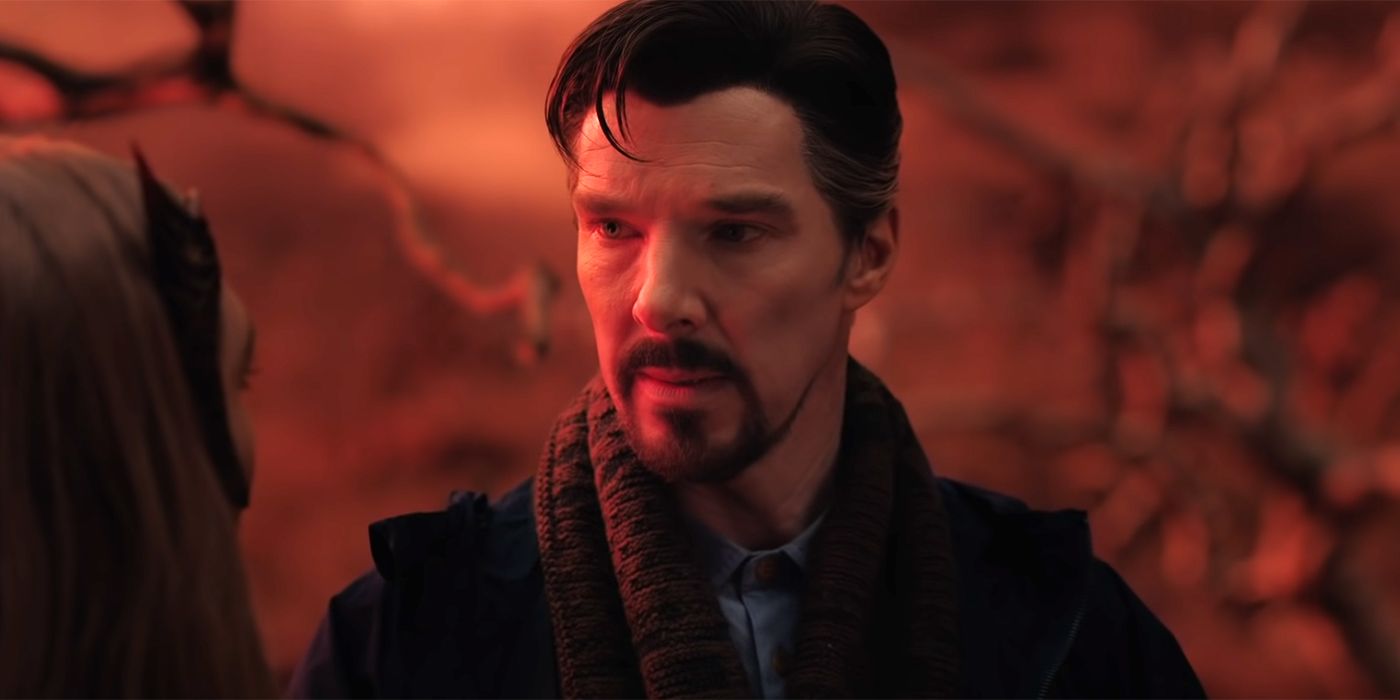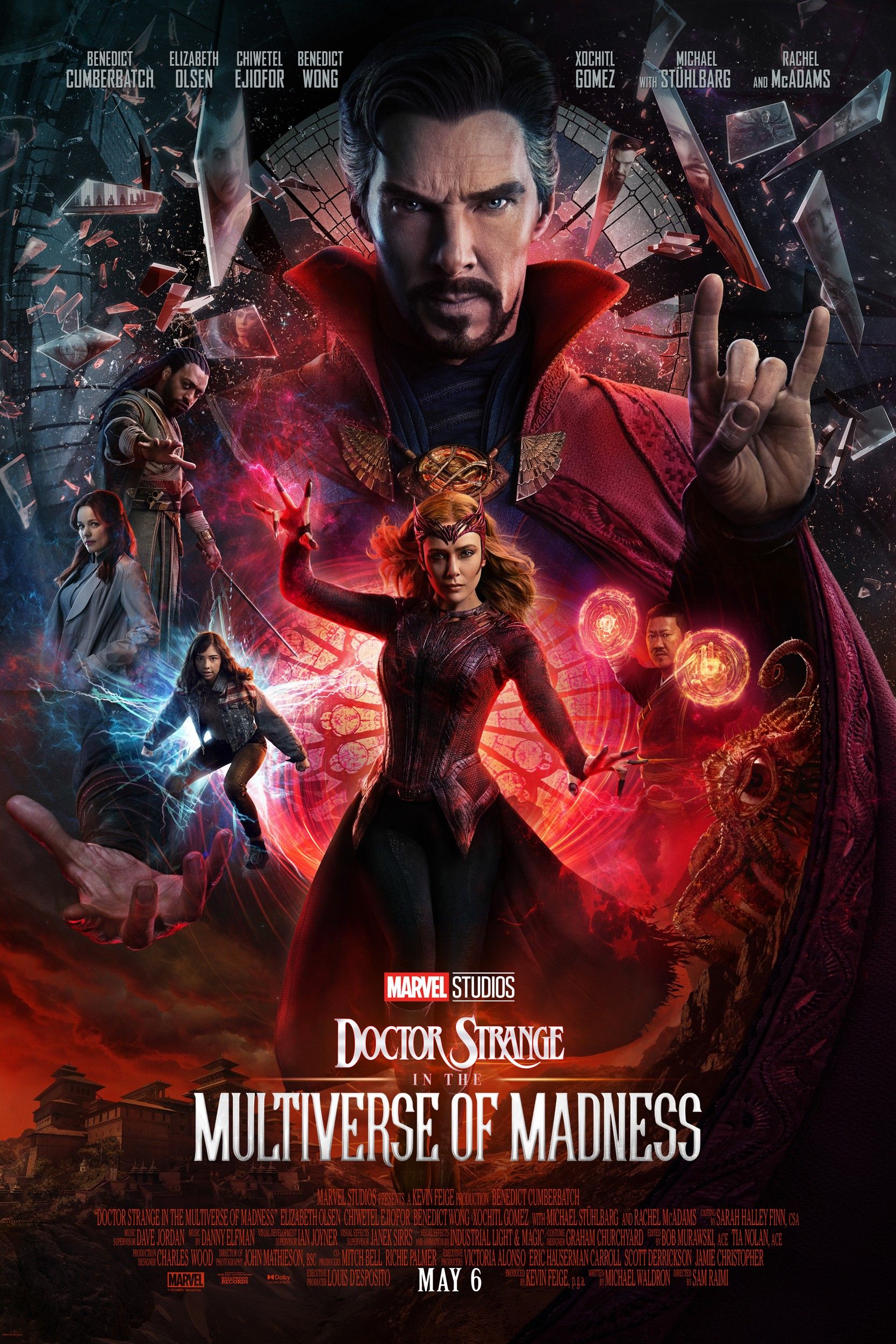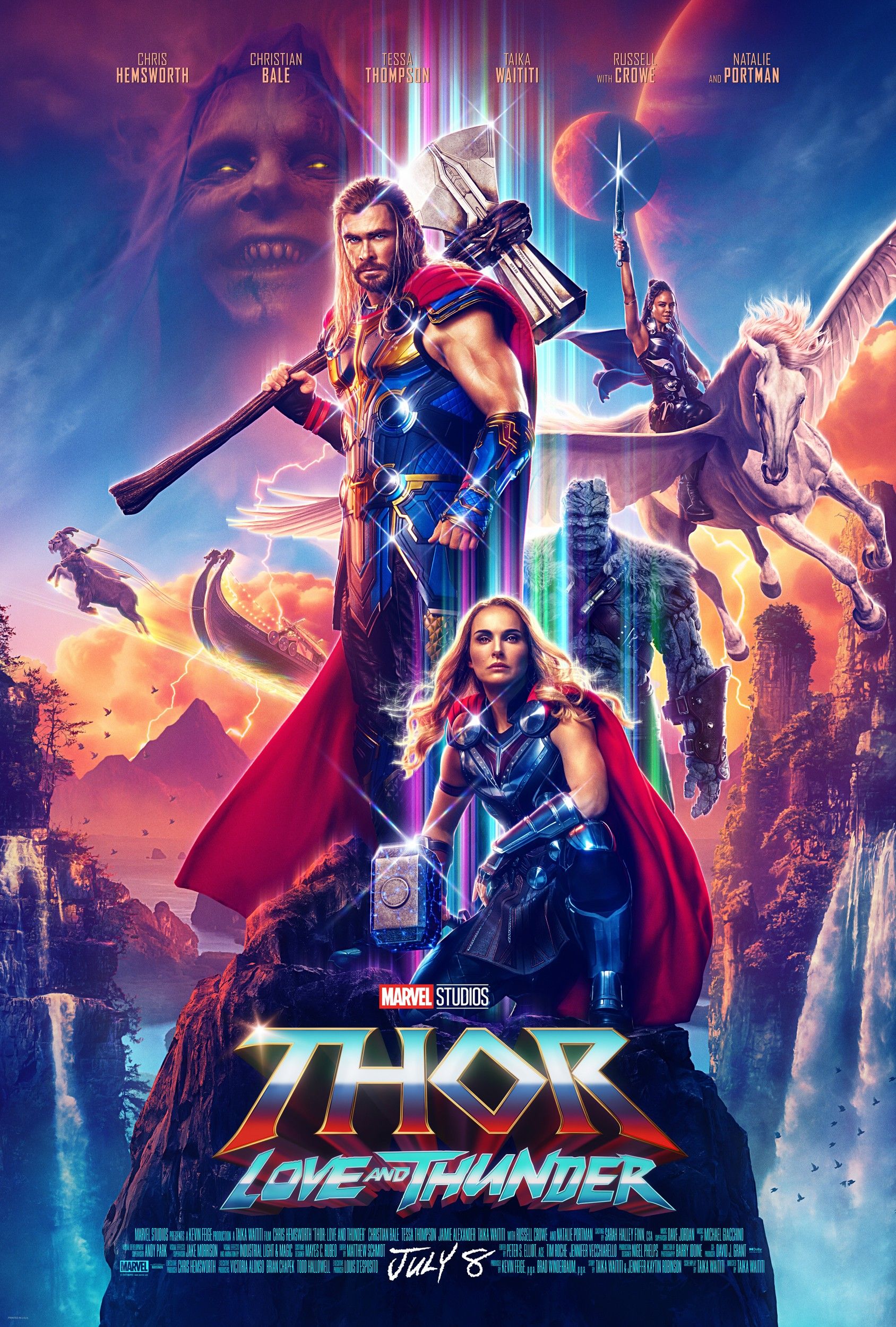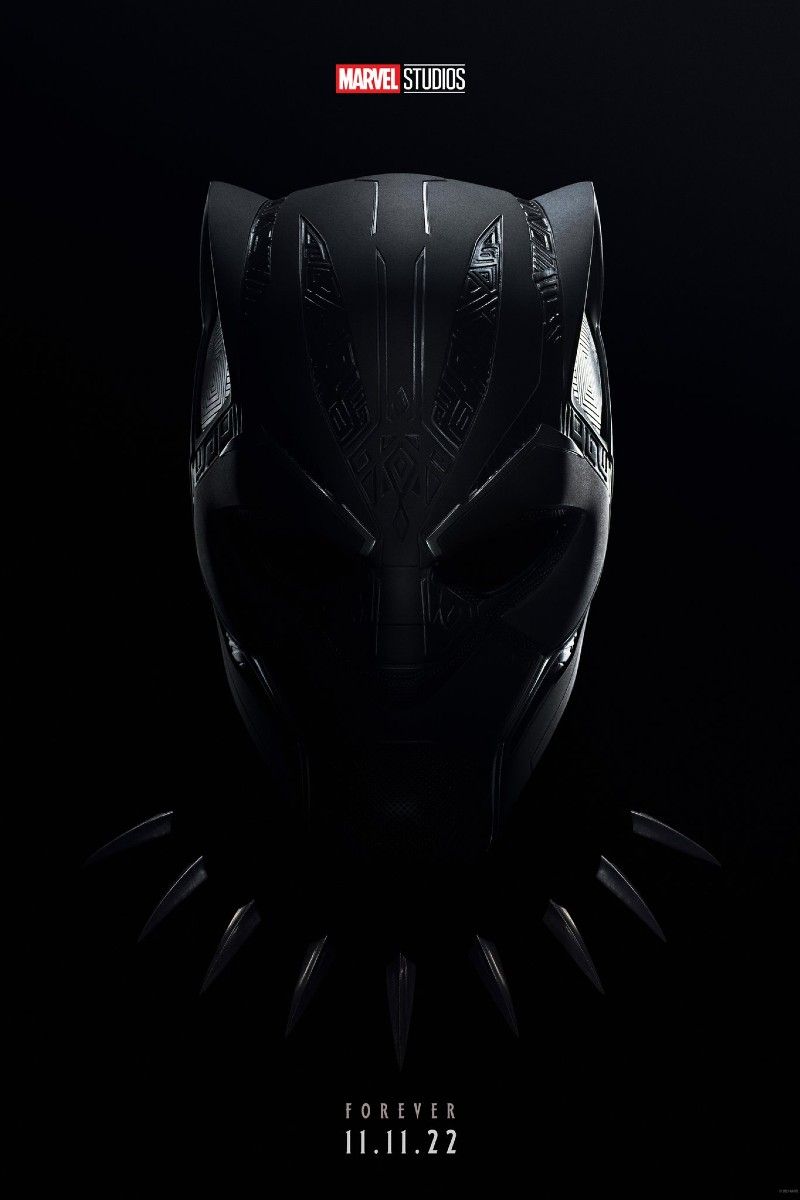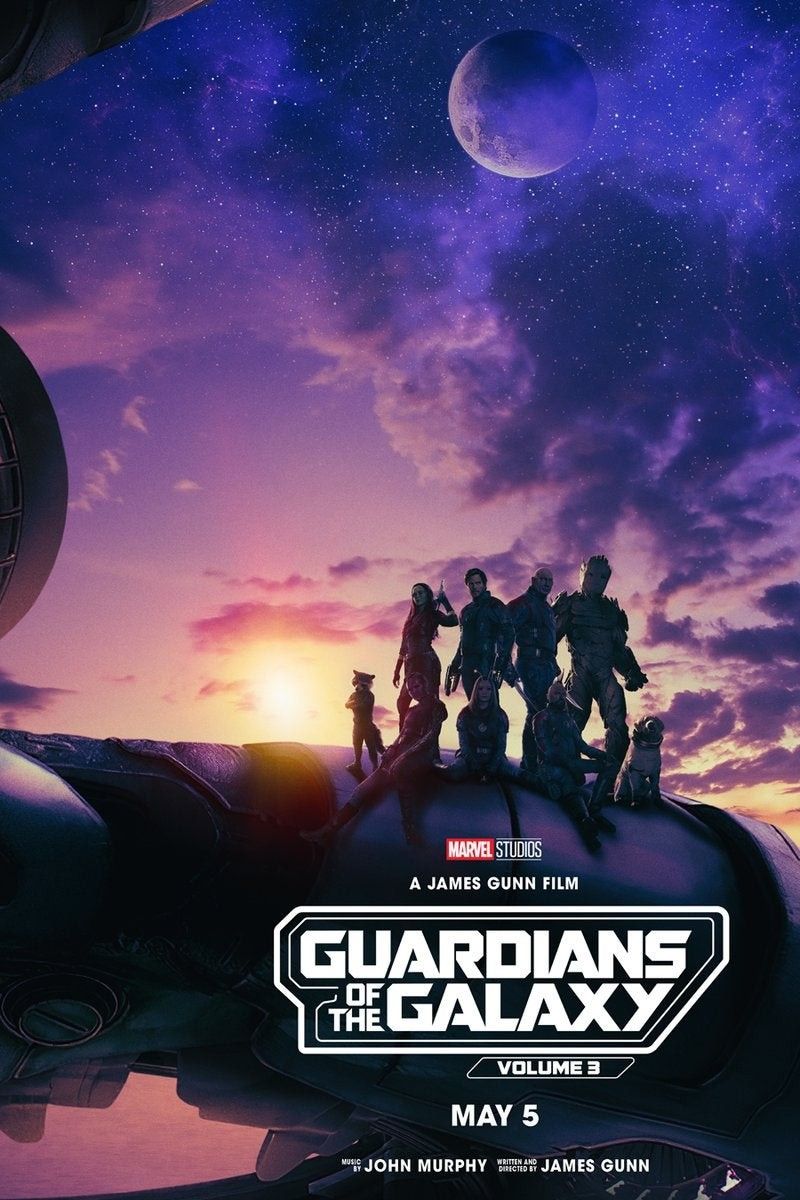Despite expectations, Doctor Strange in the Multiverse of Madness’ shorter runtime isn’t concerning. After the hefty runtimes of Eternals (156 minutes) and Spider-Man: No Way Home (148 minutes), expectations were set for the plot of Doctor Strange 2 to have a runtime in line with its recent predecessors. Now that it has been confirmed to be 126 minutes, a key question has surfaced: is that enough time to fully tackle this story?
While recent comic book movies may have been longer, the average MCU movie runtime clocks in at around 2 hours and 12 minutes, only 6 minutes more than Doctor Strange 2. The first Doctor Strange movie, for instance, is just 1 hour and 55 minutes. Spider-Man: Far From Home is only 3 minutes longer than Multiverse of Madness will be. Even the director of Doctor Strange 2, Sam Raimi, has never made a film longer than 2 hours and 19 minutes.
It is the MCU’s team-up movies that hold some of the longest runtimes, from Avengers: Age of Ultron with 2 hours and 21 minutes to Avengers: Endgame at an impressive 3 hours and 1 minute. This isn’t surprising, as the more characters there are to cover, the more time is needed to give them all their due. Doctor Strange 2 has an impressive cast of characters, including Elizabeth Olsen’s Scarlet Witch and the debut of Xochitl Gomez as America Chavez, but it is not a fully-fledged Avengers film, and therefore won’t need as long to give its characters their chance to shine or tell an impactful and well-constructed story.
One of the advantages of the MCU’s set up as a transmedia franchise is how characters can move between properties. A character introduced in one film may come back in its direct sequel, or they may show up unexpectedly in a Disney+ show, like Daredevil, instead. America Chavez’s debut in the MCU is an exciting moment, but her character development doesn’t need to be fully realized in this one movie, as it is inevitable that she will show up in a different property down the line (a Young Avengers adaptation, for instance). Doctor Strange in the Multiverse of Madness gives her the chance to be introduced and show her capabilities, but the movie itself won’t be forced to focus on her for fear of making her an underdeveloped character. The MCU’s structure allows for characters brought into the fold to be established and nurtured over time. This won’t be the only appearance of America Chavez, just as Age of Ultron wasn’t the last appearance of Wanda Maximoff. A longer runtime, therefore, wouldn’t necessarily mean a better story arc for the characters.
Doctor Strange in the Multiverse of Madness is not the first MCU property to utilize the Multiverse in its storytelling. Spider-Man: No Way Home is likely to have caused the events of Doctor Strange 2, and the final episode of Loki released the first cracks in the timeline of the Multiverse. Doctor Strange 2, therefore, doesn’t have the arduous job of introducing the concept of the Multiverse. This movie instead represents the next step in the MCU’s Multiverse story, and as such, can take the time it has to focus on what is happening in the now, rather than having to present a brand-new concept. Less time needed for introductions means more time devoted to the actual narrative arc of the movie. A longer runtime, then, might even make the story feel stretched too thin, as opposed to fast-paced and exciting.
Doctor Strange 2’s shorter runtime won’t impede the story, it might even enhance it. The stage has already been set, and most character introductions have already been made. Previous Marvel outings have established precedent for the Multiverse, so less explanation is required. Doctor Strange in the Multiverse of Madness is thus likely to be a constant rollercoaster of excitement, its storytelling supported by the MCU’s structure and the movies and shows that have come before.

